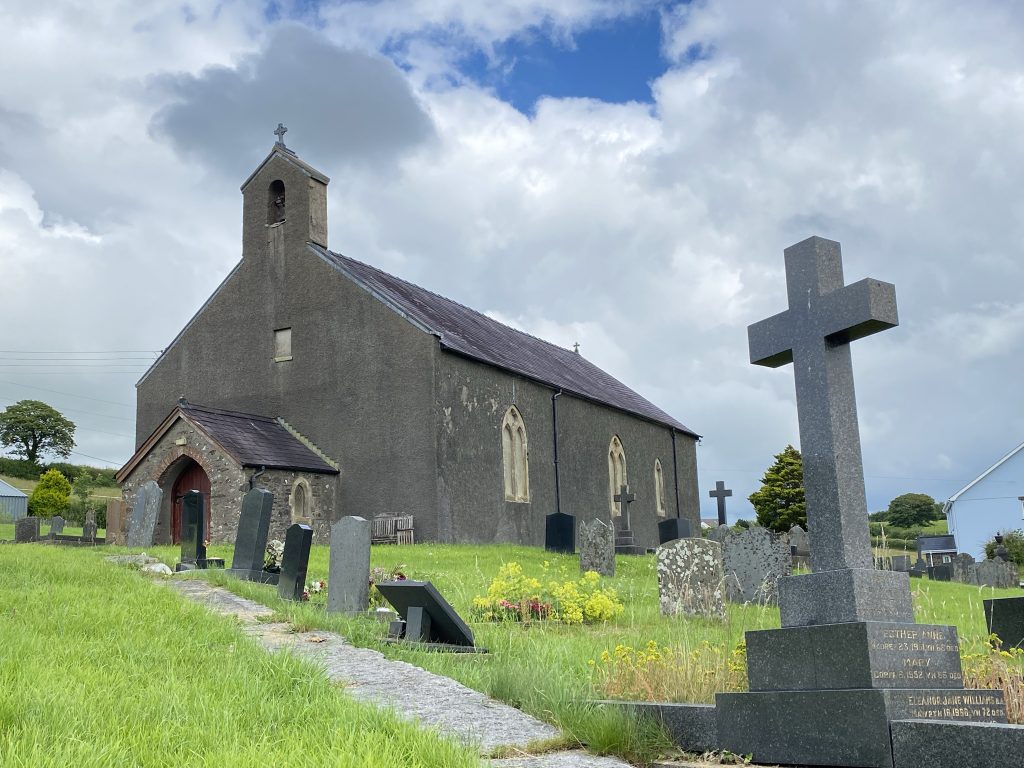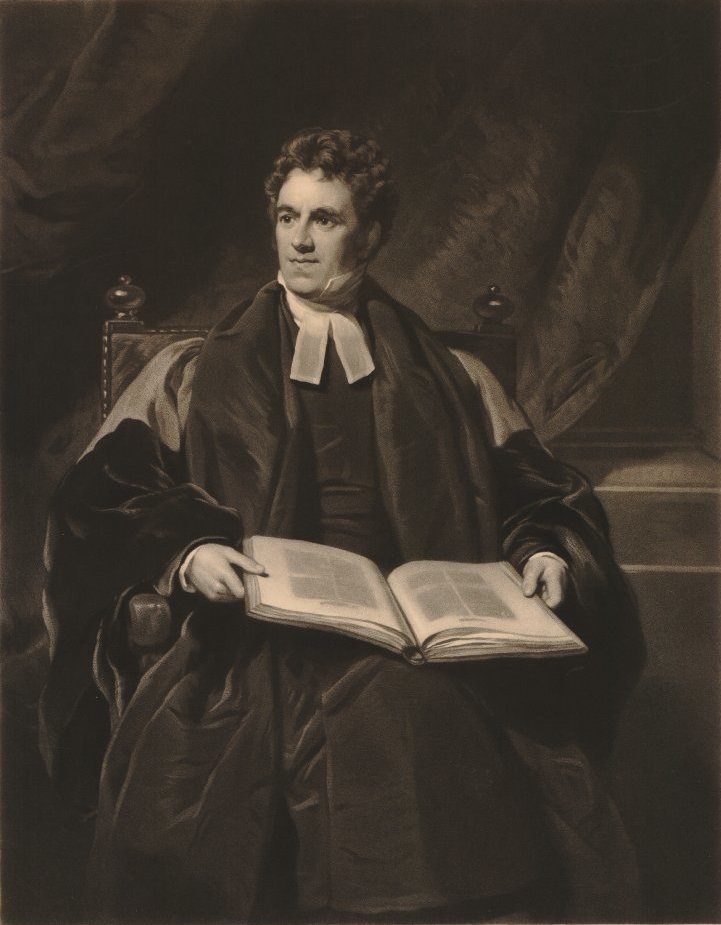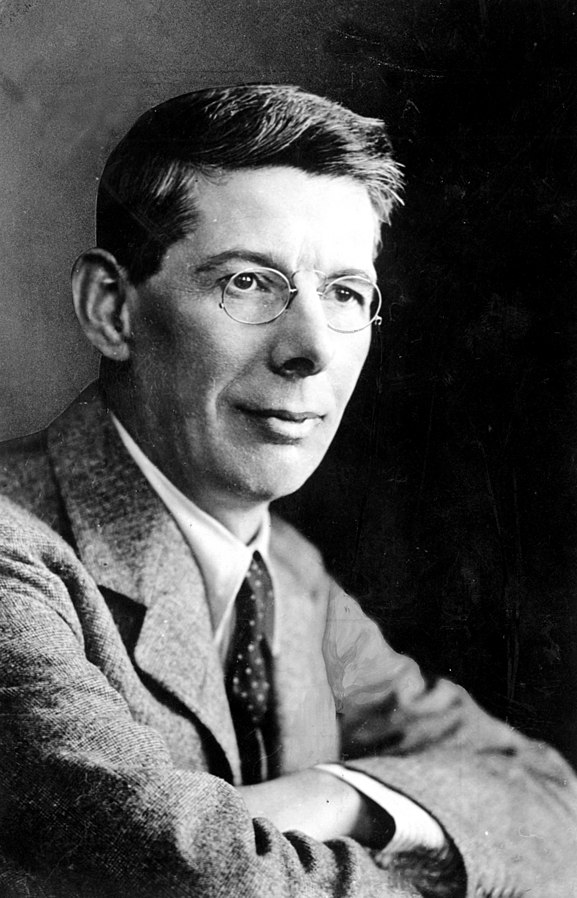THE NONCONFORMISTS IN PEMBREY AND BURRY PORT Part 1
What are Nonconformists?
Nonconformists are those members of churches which did not conform to the teaching and practices of the Anglican church. They owe their origin to the Puritans, a reform movement in the 16th and 17th centuries which wished to purify the church of those practices, ritual and liturgy they felt was too similar to the Roman Catholics. The result was the development over time of a number of different movements each emphasising some distinctive features. They include Independents or Congregationalists, Baptists, Unitarians. Quakers, Calvinistic Methodists and Wesleyan Methodists. They are also called Dissenters.

We shall be focusing on the situation in the 19th century, and in 1851 was published the results of a unique census throughout Britain which was an attempt to obtain information about the number of people accommodated in the churches and places of worship and the adequacy of the provision for their spiritual needs. Despite the scepticism of its accuracy and the vagueness of the questioning it does paint a broad canvas and identifies some general themes. Although the dissenting congregations suspected some bias towards the Anglican churches and the Anglicans claimed some inflated attendance figures, it is clear that the Dissenters were in the ascendancy. 57% of the population of Wales attended a place of worship (37% in England) and 87% of these were present at a chapel or meeting house. The figures indicated that the percentages of what they called ‘sittings’ in the Welsh places of worship were: the Established Church, 32%; Calvinistic Methodists, 21%; Congregationalists, 20%; Baptists, 13%, Wesleyans, 12%; others 2%.
Part 2 of this article will deal with the individual chapels which appeared in Pembrey and Burry Port.
Revivalism was a regular feature of Nonconformist religion. The most prominent of the century was in 1859, led by Wesleyan Humphrey Jones, in which 100,000 new members joined. As a result of the dominance of the Nonconformists Welsh culture was almost synonymous with that of Nonconformity and new chapels were opened regularly in the first half of the century. The chapel became central in the community and as a religious and cultural focus made a big contribution to music, with choirs and eisteddfodau, and Welsh literacy, with the Sunday school. Preachers were influential figures and popular Welsh newspapers and periodicals had denominational links.
What were the distinctive features of Nonconformity in 19th century?
The Nonconformists were diverse in worship and belief, but there are some ways in which most differed from the Anglican church. One was the emphasis on preaching, the ministry of the word, which was generally in a less formal liturgical setting and with services longer than those of the Church. Another was opposition to the hierarchical church structure and governance in which bishops were the authority.
Religion inevitably has a cultural expression in its application of customs, values and behaviour and it is at this time that the evangelicalism of nonconformity was strongest. For many the chapel stood for respectability, self-improvement, moral superiority, personal morality and a dislike of the working class society which lived around the ale house. The excesses resulting from the huge number of pubs and the gospel were regarded as enemies, and the temperance movement was popular with the chapels.
Nonconformity often went hand in hand with industrialisation and ministers and deacons in the chapels were influential among both the working classes and the growing middle class. Generally the chapels were conservative in nature and strong on sabbath observance. It was largely as a result of pressure from the temperance movement and the chapels that the Sunday Closing Act of 1881 required the closure on Sundays of pubs in Wales.
Wider political engagement came from the chapels and ministers and deacons got involved in local leadership in their support of the Liberal Party. As a result of what was called the ‘nonconformist conscience’ they worked for stricter controls on gambling, supported female suffrage (although the place for women was regarded as in the home and not in public life) and also provided a voice for home rule for Ireland, international peace and against imperialist ambitions.

Courtesy Wikimedia Commons
One of the fiercest critics of the Dissenters was Thomas Arnold, educator, historian and headmaster of Rugby School from 1828 to 1841. Despite praising them for their service to the general cause of Christianity and justice and good government, he listed their ‘mental defects’ as ‘narrowness of view, and a want of learning and a sound critical spirit’. Arnold accused them of having a narrow and inadequate idea of human perfection – a life of jealousy of the establishment, disputes, tea-meetings, openings of chapels, sermons.
William Cobbett, radical journalist and politician, was vitriolic in his comments about the Dissenters whose teaching he believed led to immorality and misery. He was unsympathetic to the ‘ranting and raving and howling’ heard in some of the meeting-houses in what he described as an age of cant. Their politics he found ‘the very worst in the country’ and, although they claimed their kingdom not be of this world, he accused them of still enjoying the good things in it.

Courtesy Wikimedia Commons
Although these criticisms are harsh many have seen some truth in them. For example an anti-intellectual theme and an emphasis on a simple faith has affected the rigorous pursuit of knowledge and its often self-righteous moral stance has led to claims of hypocrisy.
With regard to Carmarthenshire we should mention the ‘best hated man in Wales” Caradoc Evans. Born in 1878 in the village of Llanfihangel-ar-Arth, he wrote “My People” as a shocking attack on what he saw as the complacency, smugness, hypocrisy and piety of non-conformist Christianity in the context of the brutal realities of poverty and greed in rural West Wales. The reaction to his book was ferocious and his writings were branded the literature of the sewer. We read about Sadrach of Capel Sion who locked his wife in the loft, men of Sion throwing gravel at the window of a desirable woman, and occupants of the Big Seat involved in all kinds of things frowned upon by the “Big Man”.
The Nonconformist Contribution
David Thomson suggests there are four main elements to the contribution of nonconformists in the 19th century.
- It was largely responsible for the freedom of religion and the freedom of thought in that century, which established a tradition in which political liberty itself flourished.
- It provided the means for many ordinary people to improve themselves, find a sense of identity and in their sense of belonging to a chapel have a responsible part to play in its life.
- A thriving nonconformity saved the country from the anti-clericalism experienced in Europe. The freedom of worship and representative style of church government was later absorbed into the church of England.
- Nonconformity’s religion of commitment and action has been the source of much of the idealism in public life. To live one’s religion in everyday life for some meant social action and for others political action.
GRAHAM DAVIES May 2022
